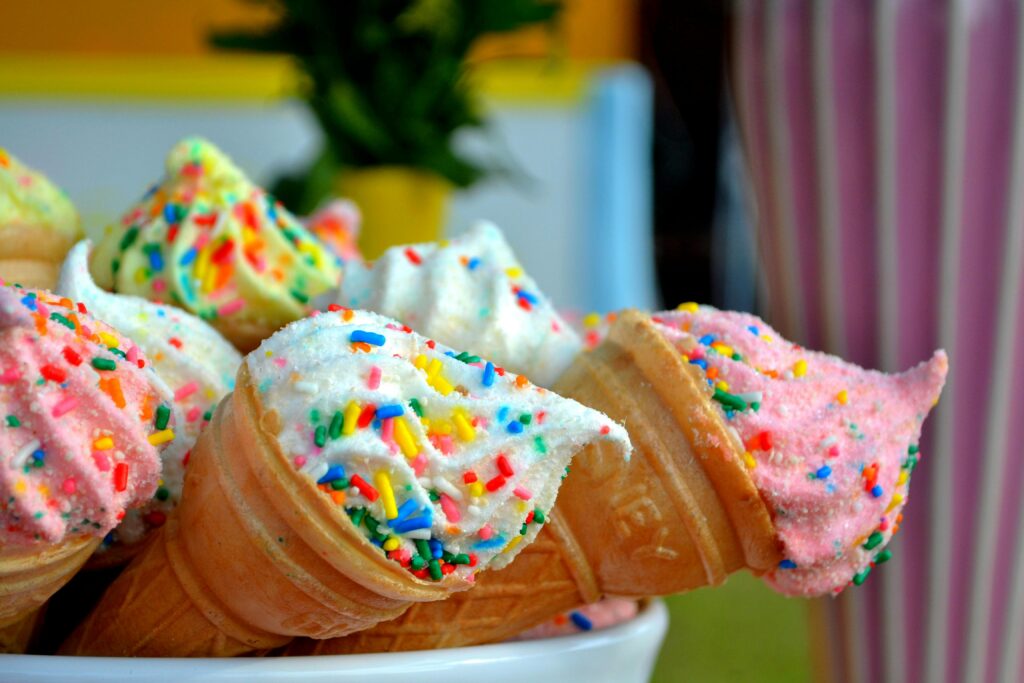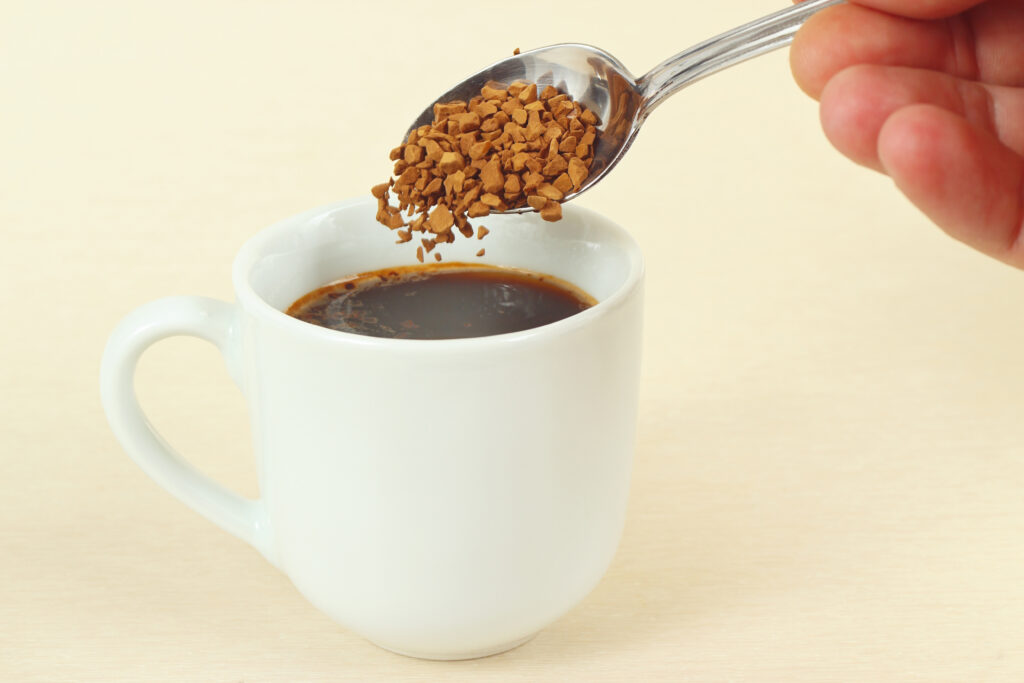These once-forbidden everyday items reveal a surprising side of American history

From Ice Cream Cones to Pinball, numerous everyday items and activities were once deemed illicit or heavily restricted in America, revealing a fascinating history of societal norms and regulatory battles that shaped the country. Here’s a listicle exploring 11 everyday things that were once banned in America. It’s fascinating to see how common items we take for granted today were once prohibited due to health concerns, social norms, or political reasons.
1. Coffee

Coffee’s journey to becoming America’s beloved morning pick-me-up was anything but smooth. In the 1600s and 1700s, coffeehouses were hotbeds of political debate and socializing, which made authorities uneasy. In Boston, for example, coffee was banned in the 1670s because officials feared that these gatherings could foster sedition and rebellion against the crown. The beverage itself was also viewed with suspicion due to its stimulating effects, which some thought could lead to immoral behavior or health problems. Feast noted that despite these early bans, coffee’s rich aroma and energizing qualities won over the masses. It eventually became a symbol of American independence and productivity, especially during the Revolutionary War when tea was boycotted. Today, coffee culture is deeply ingrained in American life, from casual cafes to high-end specialty roasters.
2. Alcohol

Alcohol’s prohibition in the United States is one of the most famous bans in history. Starting in 1920 with the 18th Amendment, the manufacture, sale, and transportation of alcoholic beverages were outlawed nationwide. This was driven by temperance movements that linked alcohol to social problems like crime, poverty, and family breakdown. However, the ban led to unintended consequences: illegal speakeasies flourished, organized crime expanded, and many Americans ignored the law. The government struggled to enforce prohibition effectively, and public opinion shifted. According to the National Constitution Center, In 1933, the 21st Amendment repealed the ban, ending Prohibition. Despite this, alcohol remains heavily regulated with age restrictions and licensing laws. It’s now a major part of social life, with craft breweries and wineries thriving across the country.
3. Soda Pop

Soda, particularly caffeinated varieties, faced bans and restrictions in certain American towns during the early 20th century. This was driven by concerns about the ingredients used in these beverages and their potential impact on public health, especially for children. Before the Pure Food and Drug Act of 1906, there were few legal limits on what could be put into soda fountains, and some ingredients were later identified as potentially harmful, according to Collectors Weekly. Over the decades, soda evolved into a cultural icon, associated with fast food and leisure. While it remains widely consumed, health advocates continue to warn about its links to obesity and diabetes, sparking debates about regulation and taxation.
4. Margarine

Margarine’s history in America is a story of economic rivalry and regulation. In the late 19th and early 20th centuries, the dairy industry saw margarine as a threat to butter sales and lobbied for laws banning or restricting margarine. Some states prohibited margarine sales outright, while others required it to be dyed pink or unappetizing colors to discourage consumers. Smithsonian Magazine opined that these laws aimed to protect dairy farmers but also limited consumer choice. Over time, as margarine’s production improved and consumer demand grew, these restrictions were lifted. Margarine became a popular, affordable alternative to butter, especially during wartime shortages. Today, it’s often marketed as a healthier option due to its lower saturated fat content.
5. Halloween

Halloween’s history in America includes periods when the holiday was banned or discouraged. Early 20th-century bans targeted Halloween because of concerns about vandalism, pranks, and rowdy behavior, which were common during celebrations. Religious groups also opposed Halloween due to its pagan roots and associations with superstition and the occult. Some communities tried to suppress festivities to maintain order and moral standards. However, Halloween gradually transformed into a family-friendly holiday focused on costumes, trick-or-treating, and community events. Today, it’s one of the most widely celebrated holidays in the U.S., blending fun, creativity, and a touch of spooky tradition.
6. Yo-Yos

Yo-yos, now a classic toy enjoyed by children and adults, were once banned in certain places during the 1930s, specifically in Syria. Schools and workplaces sometimes prohibited yo-yos because they were seen as distractions that could disrupt concentration or cause minor injuries. Some authorities worried about safety and productivity, especially as yo-yos gained popularity as a fad. Despite these bans, yo-yos remained a beloved pastime, with enthusiasts developing impressive tricks and competitions. The toy’s resurgence in popularity has made it a cultural icon of skill and nostalgia, embraced by generations worldwide.
7. Skateboarding

Skateboarding’s rise in the 1970s and 1980s was met with resistance from many American cities. Due to concerns about safety, property damage, and pedestrian interference, skateboarding was banned on sidewalks, streets, and public spaces in numerous locations. This limited where skateboarders could practice and contributed to the sport’s rebellious image. Dedicated skateparks were rare, and skaters often faced fines or harassment. Over time, skateboarding grew into a mainstream sport with professional competitions and a strong cultural presence. The inclusion of skateboarding in the Olympics and the proliferation of skateparks reflect its acceptance and popularity today.
8. Dancing

Certain dances faced bans or restrictions in parts of America during the early to mid-20th century. Dances considered provocative, such as the Charleston and jitterbug, were sometimes outlawed in communities worried about morality and social order. These bans reflected anxieties about changing social norms, youth culture, and interracial mixing. Dance halls and clubs were scrutinized, and some dances were labeled as inappropriate or indecent. Over time, dancing became more accepted as a form of artistic expression and social interaction. Today, dance is a celebrated cultural activity, from ballroom to hip-hop, embraced across generations.
9. Tattoos

Tattoos were once heavily stigmatized and even banned in some American cities during the early 1900s. Tattoo parlors were outlawed in places where authorities associated tattoos with sailors, criminals, and marginalized groups. Tattoos were seen as unprofessional and immoral, limiting their acceptance in mainstream society. This taboo persisted for decades, with tattoos often hidden or discouraged. However, from the late 20th century onward, tattoos experienced a renaissance as a form of personal expression, art, and identity. Today, tattoo culture is vibrant and mainstream, with millions sporting ink in diverse styles.
10. Pinball Machines

Pinball was banned in many American cities from the 1940s through the 1970s because it was considered a form of gambling. Authorities believed pinball outcomes were based on chance rather than skill and linked the game to organized crime and corruption. This led to widespread bans in places like New York City. Legal battles eventually proved that pinball was a game of skill, leading to the lifting of bans. Pinball machines became popular entertainment in arcades, bars, and homes. Today, pinball enjoys a nostalgic resurgence among collectors and enthusiasts.
11. Fireworks

Fireworks have long been associated with celebrations, but many states and cities banned or restricted their use due to safety concerns and fire hazards. These bans often applied around holidays like the Fourth of July to prevent accidents and property damage. Over time, regulations evolved to allow controlled use, with permits and safety standards in place. Fireworks remain a beloved way to mark national holidays and special events, combining tradition with caution. Their spectacular displays continue to captivate audiences across America.
These stories reveal how societal fears, economic interests, and cultural values shaped laws that once banned everyday items. They also highlight how perceptions change over time, turning prohibitions into acceptance and even celebration. It’s a reminder that what’s considered normal today was often controversial yesterday.
This Story 11 Everyday Things That Were Once Banned, Restricted or Limited in America was originally posted on our DailyFetch.
If you found this deeper dive into America’s surprising bans intriguing, don’t miss out on more fascinating stories and cultural insights, subscribe to our blog for weekly updates that bring history and everyday life to your fingertips!


